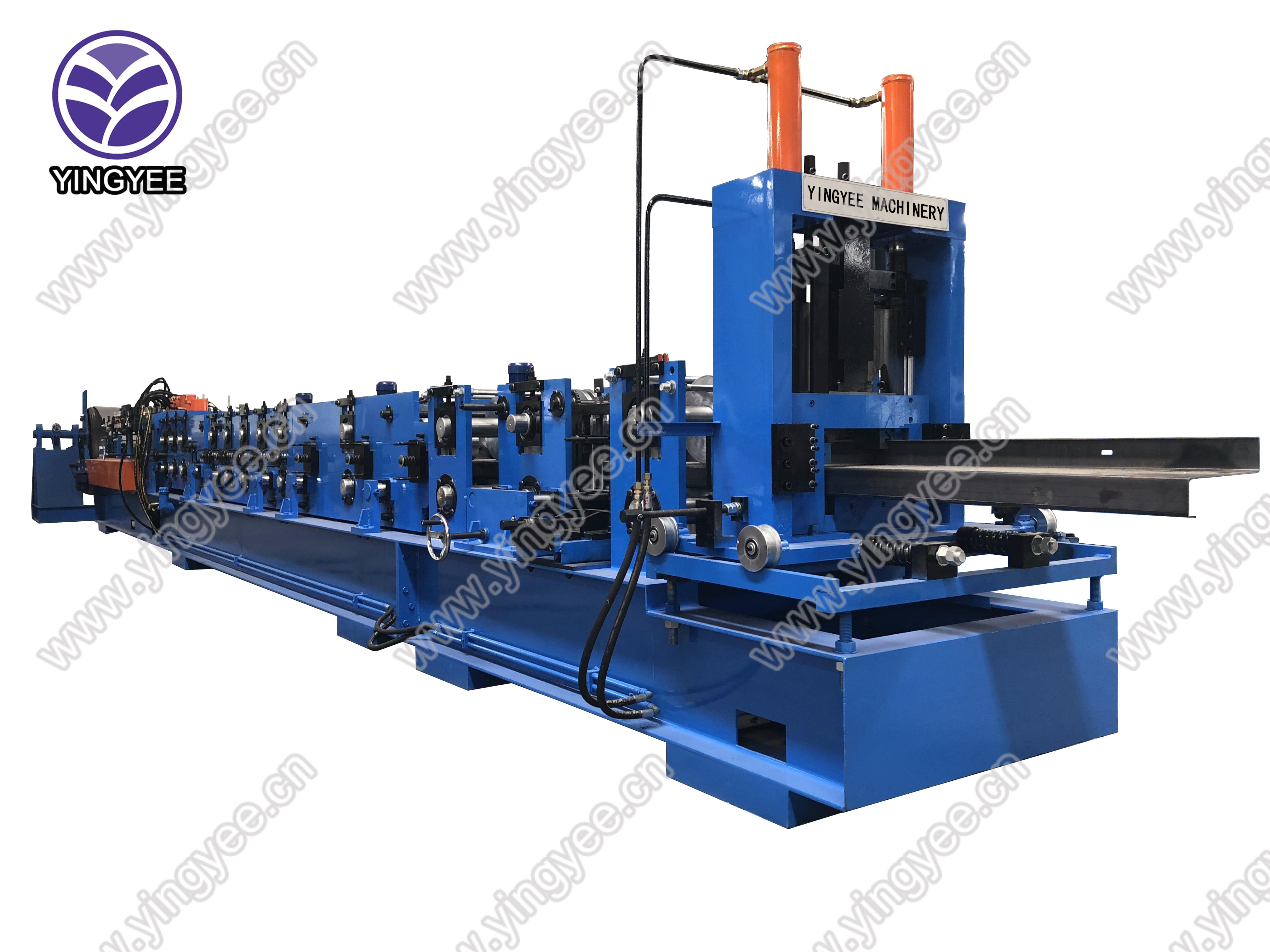
The Evolution and Importance of Stainless Steel Pipe Making Equipment
Stainless steel has become an indispensable material in various industries owing to its remarkable properties, including corrosion resistance, durability, and aesthetic appeal. As the demand for stainless steel pipes continues to grow, the equipment and technology used in their production are evolving rapidly. Stainless steel pipe making equipment refers to the machinery and tools required to manufacture pipes of various sizes and specifications, and it plays a crucial role in ensuring the quality and efficiency of the production process.
The primary processes involved in stainless steel pipe manufacturing include cutting, bending, welding, and finishing. Each of these operations requires specialized equipment to achieve the desired specifications. Initially, stainless steel sheets or coils are cut into specific lengths using laser cutting machines or plasma cutters. These machines provide precision, ensuring that the raw materials are shaped accurately for further processing.
Once the material is cut, the next phase is forming the pipe shape. This is typically done using a pipe bending machine, which can create varying degrees of bends and shapes required for specific applications. Modern pipe bending machines are equipped with advanced technology that allows for programmable control, enabling manufacturers to produce complex geometries with minimal effort and maximum accuracy.
Welding is a critical step in the production of stainless steel pipes, as it ensures the structural integrity and continuity of the pipe. There are several methods of welding used, such as TIG (Tungsten Inert Gas) and MIG (Metal Inert Gas) welding. Each method has its advantages, and the choice often depends on the type of stainless steel being used and the specific application of the pipe. Advanced welding machines can monitor and adjust parameters in real-time, leading to higher-quality welds and reduced waste.

After welding, the pipes undergo finishing processes which may include grinding, polishing, and surface treatment. Finishing ensures that the pipes not only meet aesthetic standards but also enhance their corrosion resistance properties. Equipment like belt sanders, polishing machines, and passivation equipment are employed to achieve a smooth and protective finish that is vital in industries such as food processing, pharmaceuticals, and construction, where hygiene and durability are paramount.
Automation has become a significant trend in the stainless steel pipe manufacturing sector. Automated production lines can significantly enhance the efficiency of operations, reducing labor costs while increasing output. Advanced robotic systems can handle everything from material handling to precise welding, ensuring consistency and quality from start to finish. Manufacturers are increasingly adopting Industry 4.0 concepts, which rely on smart technologies, data analytics, and connected devices to optimize production processes.
Environmental considerations are also influencing the design and operation of stainless steel pipe making equipment. Manufacturers are under pressure to adopt sustainable practices, reducing energy consumption, and minimizing waste. New technologies in energy recovery and waste management are becoming mainstream, allowing companies to operate more environmentally friendly production systems.
In conclusion, stainless steel pipe making equipment is integral to the production of high-quality pipes that meet the stringent demands of various industries. The equipment used in this manufacturing process has evolved significantly, embracing automation, advanced technologies, and environmental sustainability. As industries continue to grow and innovate, the importance of efficient and effective stainless steel pipe manufacturing will undoubtedly rise, making investments in state-of-the-art equipment a necessity for competitive advantage. The journey of stainless steel pipes from raw material to finished product is a testament to engineering excellence and technological progress, ensuring that this vital material remains central to modern infrastructure and industry.